Home>Gardening & Outdoor>Landscaping Ideas>What Chemical Will Kill Bahia Grass
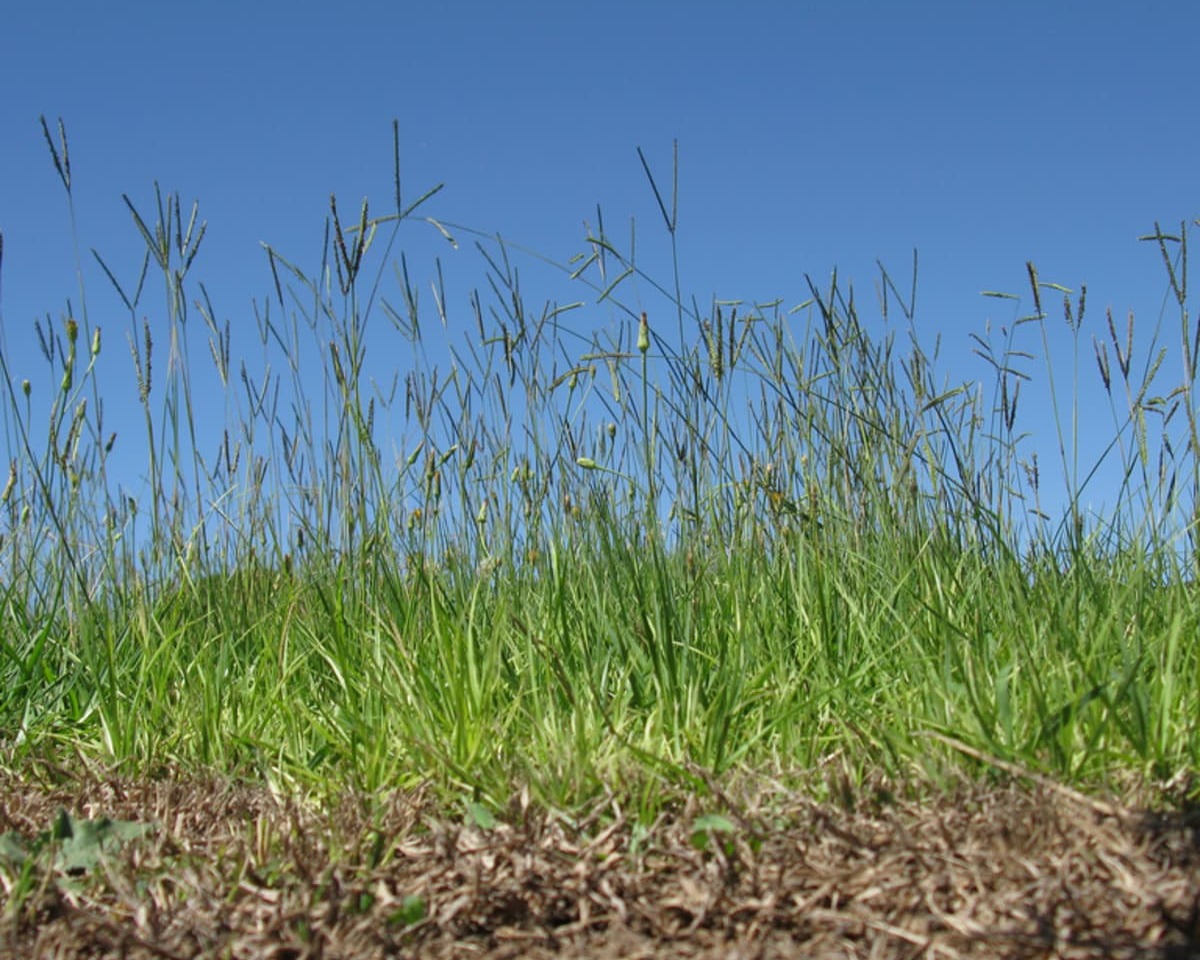

Landscaping Ideas
What Chemical Will Kill Bahia Grass
Modified: January 27, 2024
Looking for effective landscaping ideas to kill Bahia grass? Discover the best chemical solutions for Bahia grass removal and improve your lawn today!
(Many of the links in this article redirect to a specific reviewed product. Your purchase of these products through affiliate links helps to generate commission for Storables.com, at no extra cost. Learn more)
Introduction
So, you've got a stubborn patch of Bahia grass taking over your lawn, and you're ready to take action. Bahia grass, scientifically known as Paspalum notatum, is a tough, warm-season perennial grass that can quickly invade lawns, gardens, and pastures. Its resilient nature and aggressive growth habits often make it a challenging foe for homeowners and gardeners.
In your quest to restore your landscape to its former glory, you may have considered using chemical treatments to eliminate the Bahia grass. While manual removal and cultural practices can be effective, using the right chemical can provide a targeted and efficient solution to rid your landscape of this persistent invader.
In this comprehensive guide, we'll delve into the world of Bahia grass control and explore the various chemical options available to effectively eradicate this resilient grass species. Whether you're a seasoned gardener or a novice enthusiast, understanding the nuances of Bahia grass control chemicals will empower you to make informed decisions and reclaim your green spaces with confidence.
Let's embark on this journey to discover the most effective chemicals for tackling Bahia grass and gain insights into their application, safety considerations, and the vital factors to consider when selecting the right chemical for your specific needs. By the end of this guide, you'll be equipped with the knowledge to combat Bahia grass and restore the vibrancy of your landscape.
Key Takeaways:
- Choose the right herbicide like Sethoxydim or Glyphosate to kill Bahia grass based on your landscape and the plants you want to protect.
- When using herbicides, follow safety guidelines, consider the weather, wear protective gear, and dispose of leftover chemicals responsibly.
Read more: How To Kill Bahia Grass
Understanding Bahia Grass
Before delving into the realm of Bahia grass control chemicals, it's crucial to grasp the characteristics and growth habits of this resilient species. Bahia grass, native to South America, has established itself as a popular warm-season forage and turfgrass in various regions due to its adaptability and low maintenance requirements. Its coarse texture and robust nature make it well-suited for areas with sandy, infertile soils and warm climates.
Bahia grass is known for its extensive root system, which enables it to withstand drought conditions and compete vigorously with other plant species. Its ability to thrive in less-than-ideal soil conditions and resist pests and diseases contributes to its resilience and widespread presence in landscapes and pastures.
When left unchecked, Bahia grass can quickly spread through its prolific seed production and aggressive rhizomes, forming dense patches that outcompete desirable turfgrasses and ornamental plants. This invasive behavior often leads to its classification as a weed in lawns and gardens, prompting the need for effective control measures.
Understanding the growth patterns and adaptive traits of Bahia grass is essential when formulating a targeted approach for its eradication. By gaining insights into its reproductive strategies, growth preferences, and resilience, you can tailor your control efforts to effectively combat this tenacious grass species.
Now that we've acquired a foundational understanding of Bahia grass, we can explore the chemical options available to suppress its growth and reclaim the beauty of our landscapes.
Chemical Options for Killing Bahia Grass
When confronting Bahia grass infestations, employing chemical treatments can be a strategic approach to effectively eradicate this resilient species. Several herbicides have demonstrated efficacy in controlling Bahia grass, offering targeted solutions to suppress its growth and prevent further encroachment on desirable vegetation.
Selective herbicides, such as Sethoxydim and Fluazifop, are specifically formulated to target grassy weeds while sparing broadleaf plants, making them valuable assets in Bahia grass control. These herbicides disrupt the growth processes of grassy weeds, inhibiting their ability to thrive and compete with desirable turfgrasses and ornamental plants.
Non-selective herbicides, such as Glyphosate, offer a broader spectrum of control by effectively targeting a wide range of plant species, including Bahia grass. These herbicides are valuable for eliminating Bahia grass in non-turf areas, such as gravel pathways, driveways, and bare ground where the use of selective herbicides may not be practical.
Additionally, pre-emergent herbicides containing active ingredients like Oryzalin and Prodiamine can impede the germination of Bahia grass seeds, providing a proactive approach to prevent its establishment in lawns and landscapes. By inhibiting the initial growth stages of Bahia grass, pre-emergent herbicides offer a valuable line of defense against its encroachment.
It's important to note that the efficacy of herbicides can vary based on factors such as application timing, environmental conditions, and the specific formulation used. Therefore, thorough research and consultation with local gardening experts or extension services can aid in selecting the most suitable herbicide for your unique Bahia grass control needs.
As we explore the diverse chemical options available for tackling Bahia grass, it's essential to consider the specific characteristics of your landscape, including the presence of desirable plants, environmental considerations, and the extent of the Bahia grass infestation. By evaluating these factors, you can make informed decisions when choosing the most effective chemical approach to combat Bahia grass and restore the health and beauty of your outdoor spaces.
A selective herbicide containing the active ingredient sethoxydim is effective in killing Bahia grass without harming other desirable plants. Always follow the label instructions for proper application.
Selecting the Right Chemical
Choosing the appropriate chemical for Bahia grass control entails a thoughtful assessment of various factors to ensure effective and targeted treatment. The selection process involves considering the specific characteristics of the Bahia grass infestation, the surrounding vegetation, and the desired outcomes of the control efforts.
First and foremost, it's crucial to assess whether the Bahia grass is intermingled with desirable turfgrasses or ornamental plants. If selective control is necessary to preserve the health of surrounding vegetation, opting for herbicides like Sethoxydim and Fluazifop can provide targeted suppression of Bahia grass while minimizing the impact on desirable plants.
Conversely, in non-turf areas or locations where broad-spectrum control is required, non-selective herbicides such as Glyphosate can offer comprehensive eradication of Bahia grass and other unwanted vegetation. These herbicides are valuable for clearing areas where Bahia grass encroachment poses a threat to the aesthetics and functionality of outdoor spaces.
When considering pre-emergent herbicides, evaluating the timing of application and the potential impact on desired plantings is essential. Pre-emergent herbicides are particularly effective in preventing Bahia grass seed germination, making them valuable tools for proactive control in lawns, gardens, and landscapes.
Environmental factors, such as weather conditions and the presence of water bodies, must also be taken into account when selecting herbicides to ensure compliance with safety regulations and minimize potential environmental impact. Additionally, understanding the persistence and residual effects of herbicides can aid in planning and executing control measures in a responsible manner.
Seeking guidance from local horticultural experts or cooperative extension services can provide valuable insights into the most suitable herbicidal options for Bahia grass control in your specific region. These professionals can offer tailored recommendations based on local environmental conditions, plant species diversity, and regulatory considerations, empowering you to make informed decisions for effective Bahia grass management.
By thoughtfully evaluating the unique characteristics of your landscape and the specific challenges posed by Bahia grass infestations, you can select the right chemical with confidence, setting the stage for successful control and restoration of your outdoor environment.
Application and Safety Precautions
When applying chemical treatments for Bahia grass control, it is essential to adhere to best practices and safety guidelines to ensure effective results while minimizing potential risks to human health and the environment. Proper application techniques, safety precautions, and adherence to label instructions are paramount in achieving successful control and safeguarding the well-being of your landscape and those who inhabit it.
Prior to applying herbicides, carefully assess the weather conditions to determine optimal timing for treatment. Ideally, choose a day with mild temperatures and minimal wind to prevent herbicide drift and ensure uniform application. Avoid treating during periods of rainfall or when precipitation is forecasted, as this can compromise the efficacy of the herbicide and lead to runoff, potentially impacting non-target areas.
Before initiating the application process, thoroughly read and understand the herbicide label instructions, paying close attention to recommended dilution rates, application rates, and any specific precautions related to Bahia grass control. Adhering to the manufacturer's guidelines is crucial for maximizing the effectiveness of the herbicide while minimizing the potential for adverse effects.
When applying herbicides, use calibrated equipment to achieve accurate and uniform coverage, ensuring that the targeted Bahia grass receives the appropriate dosage for effective control. Calibrating sprayers and applicators according to the herbicide label recommendations is essential for optimizing the treatment outcome and avoiding under- or over-application.
Personal protective equipment (PPE), including gloves, protective eyewear, long-sleeved clothing, and closed-toe shoes, should be worn during herbicide application to prevent skin contact and minimize inhalation exposure. Additionally, establishing buffer zones between treated areas and sensitive environments, such as water bodies and ornamental plants, can mitigate the potential for unintended impacts on non-target organisms.
After completing the application, observe any re-entry intervals specified on the herbicide label to ensure that the treated areas are safe for human and animal activity. Implementing thorough decontamination procedures for equipment and PPE after application can prevent cross-contamination and promote safe handling and storage practices.
Proper disposal of herbicide containers and any leftover solutions is essential for minimizing environmental impact and adhering to regulatory requirements. Follow local disposal guidelines and avoid improper disposal methods to prevent contamination of soil and water resources.
By meticulously following application protocols, incorporating safety measures, and prioritizing environmental stewardship, you can effectively manage Bahia grass infestations while upholding the well-being of your landscape and its inhabitants.
Read more: What Kills Thistles In Grass
Conclusion
Embarking on the journey to combat Bahia grass invasions requires a comprehensive understanding of the available chemical options, their application techniques, and the essential safety considerations. By delving into the realm of Bahia grass control, you have gained valuable insights into the diverse herbicidal solutions that can empower you to reclaim the vitality of your landscape and preserve the health of your outdoor spaces.
From selective herbicides tailored to target Bahia grass while sparing desirable vegetation to non-selective options offering broad-spectrum control, the array of chemical treatments provides a nuanced approach to addressing Bahia grass infestations in various environments. Pre-emergent herbicides further enhance the proactive management of Bahia grass by impeding its seed germination, fortifying your defense against its encroachment.
When selecting the right chemical for Bahia grass control, thoughtful consideration of the surrounding vegetation, environmental factors, and the desired outcomes of the treatment is pivotal in achieving targeted and effective results. Seeking guidance from local horticultural experts and extension services can provide tailored recommendations, empowering you to make informed decisions aligned with the unique characteristics of your landscape.
As you embark on the application of herbicidal treatments, prioritizing safety precautions, adherence to label instructions, and responsible environmental stewardship are paramount. By meticulously following best practices for application, employing personal protective equipment, and implementing proper disposal procedures, you can safeguard the well-being of your landscape and those who interact with it, ensuring a harmonious balance between effective Bahia grass control and environmental preservation.
Armed with the knowledge and insights gleaned from this guide, you are poised to take confident strides in combating Bahia grass infestations and restoring the vibrancy of your outdoor environment. By integrating the principles of chemical control with a commitment to safety and environmental consciousness, you can embark on a journey towards a flourishing landscape, free from the encumbrance of Bahia grass.
With a blend of informed decision-making, meticulous application techniques, and a dedication to environmental responsibility, you can confront Bahia grass invasions with resilience and determination, cultivating a landscape that thrives in harmony with nature.
Frequently Asked Questions about What Chemical Will Kill Bahia Grass
Was this page helpful?
At Storables.com, we guarantee accurate and reliable information. Our content, validated by Expert Board Contributors, is crafted following stringent Editorial Policies. We're committed to providing you with well-researched, expert-backed insights for all your informational needs.
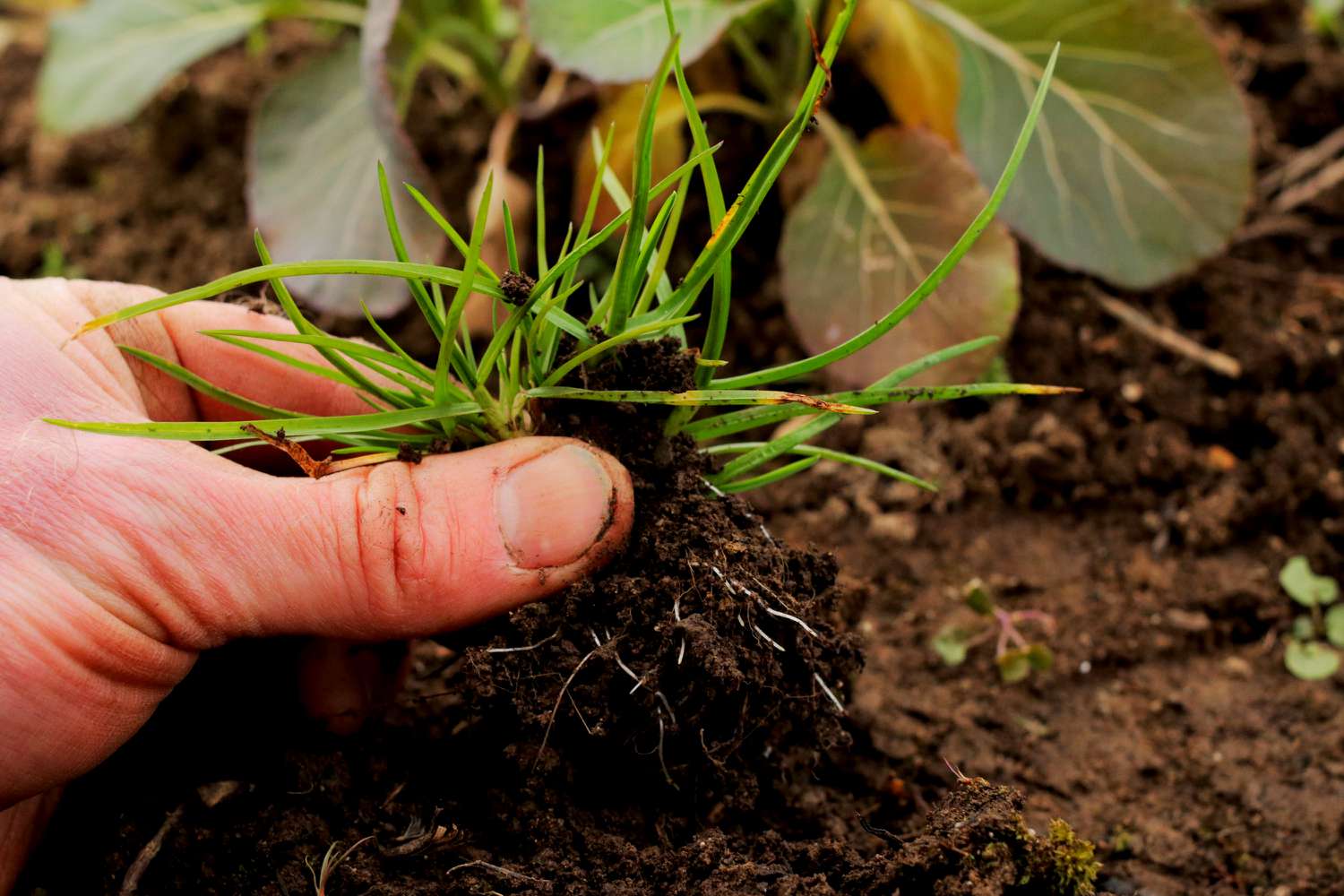
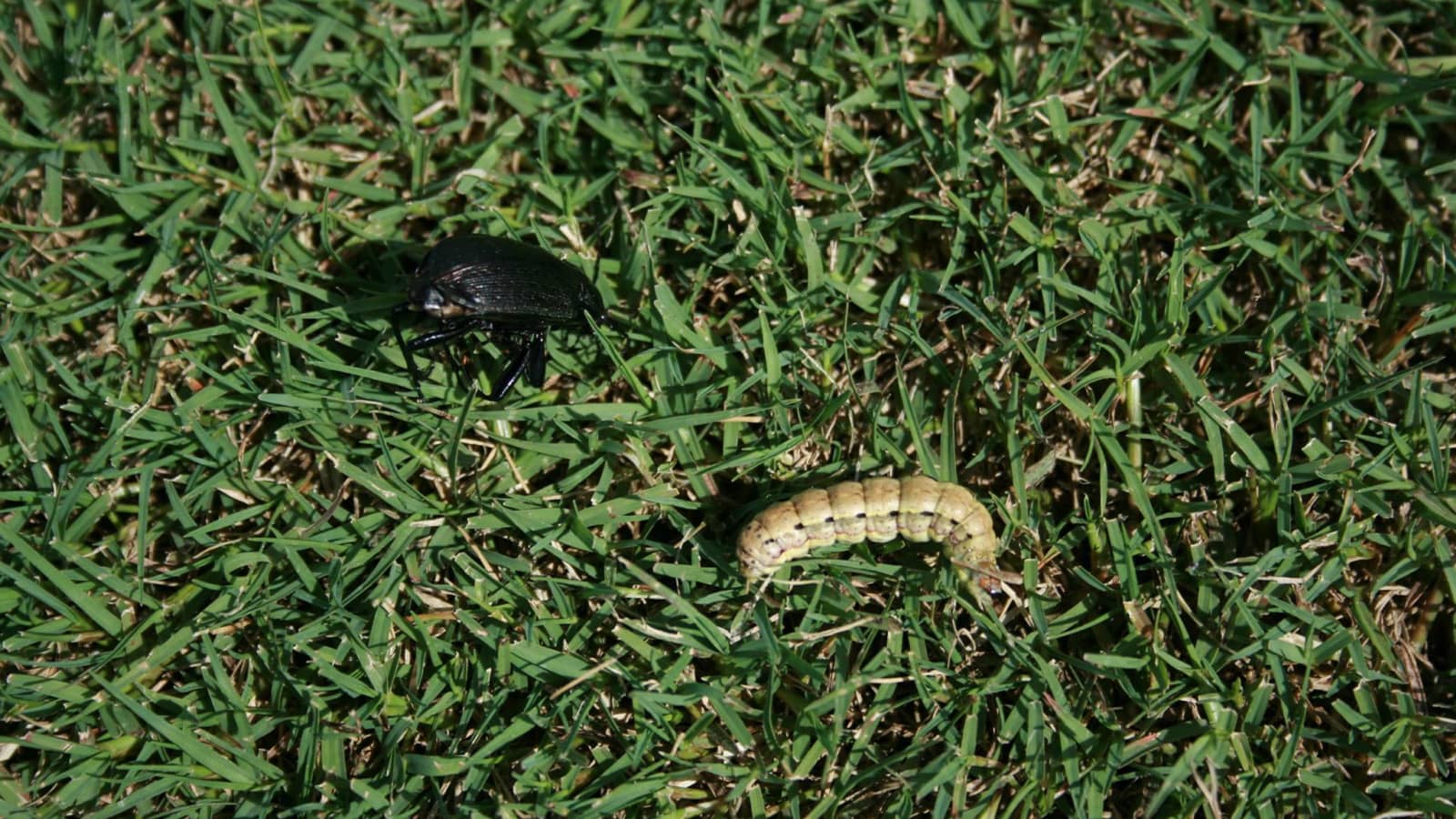
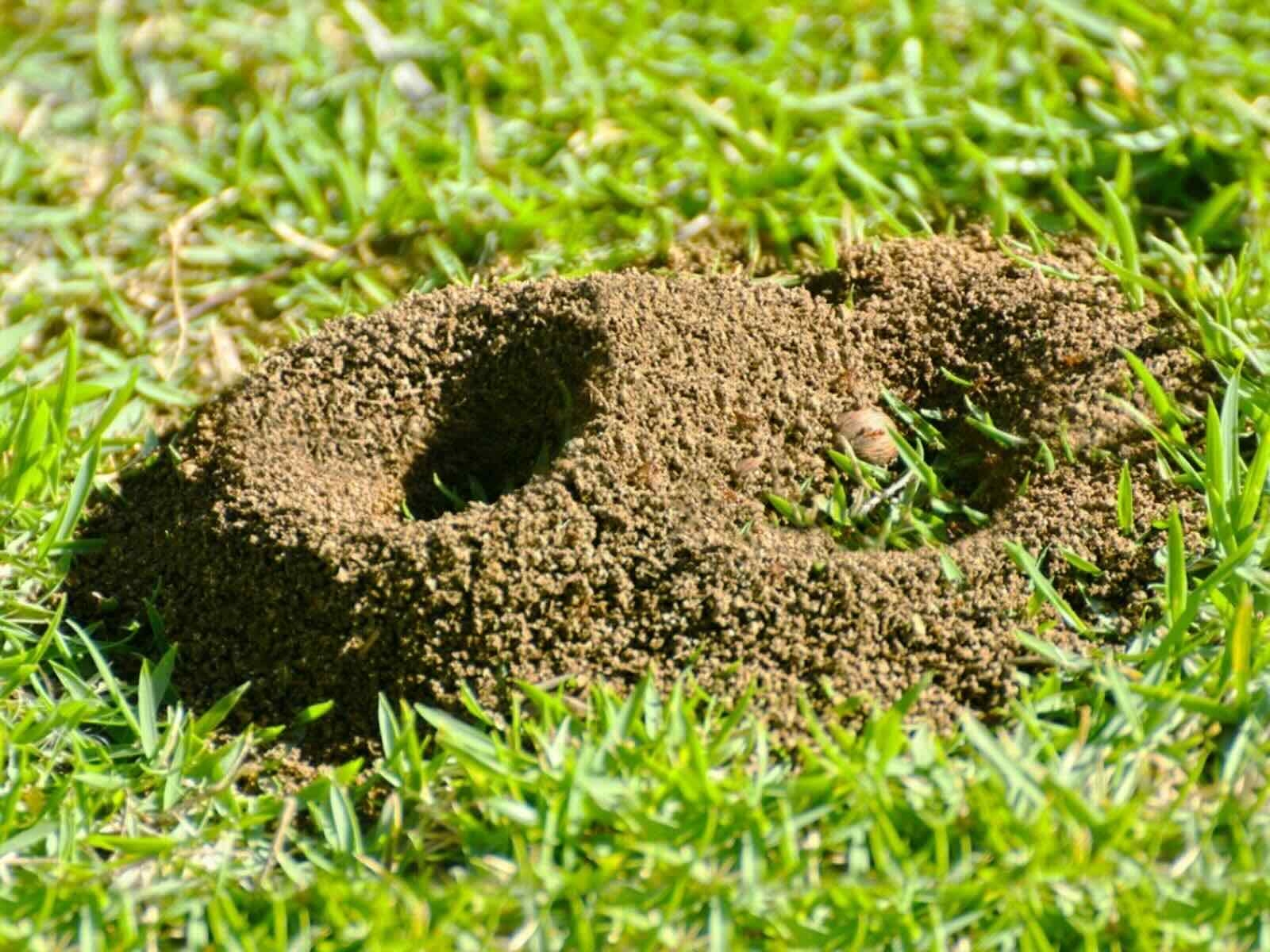
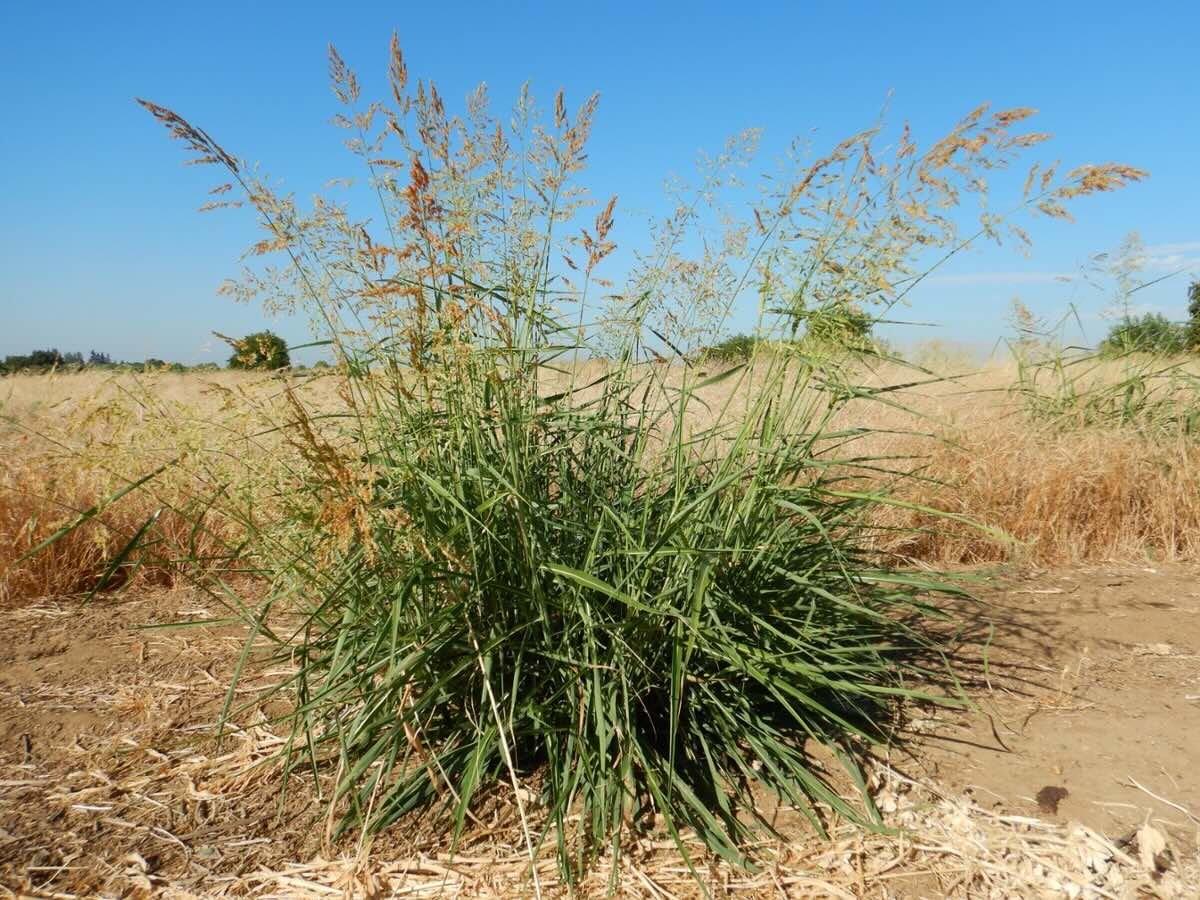
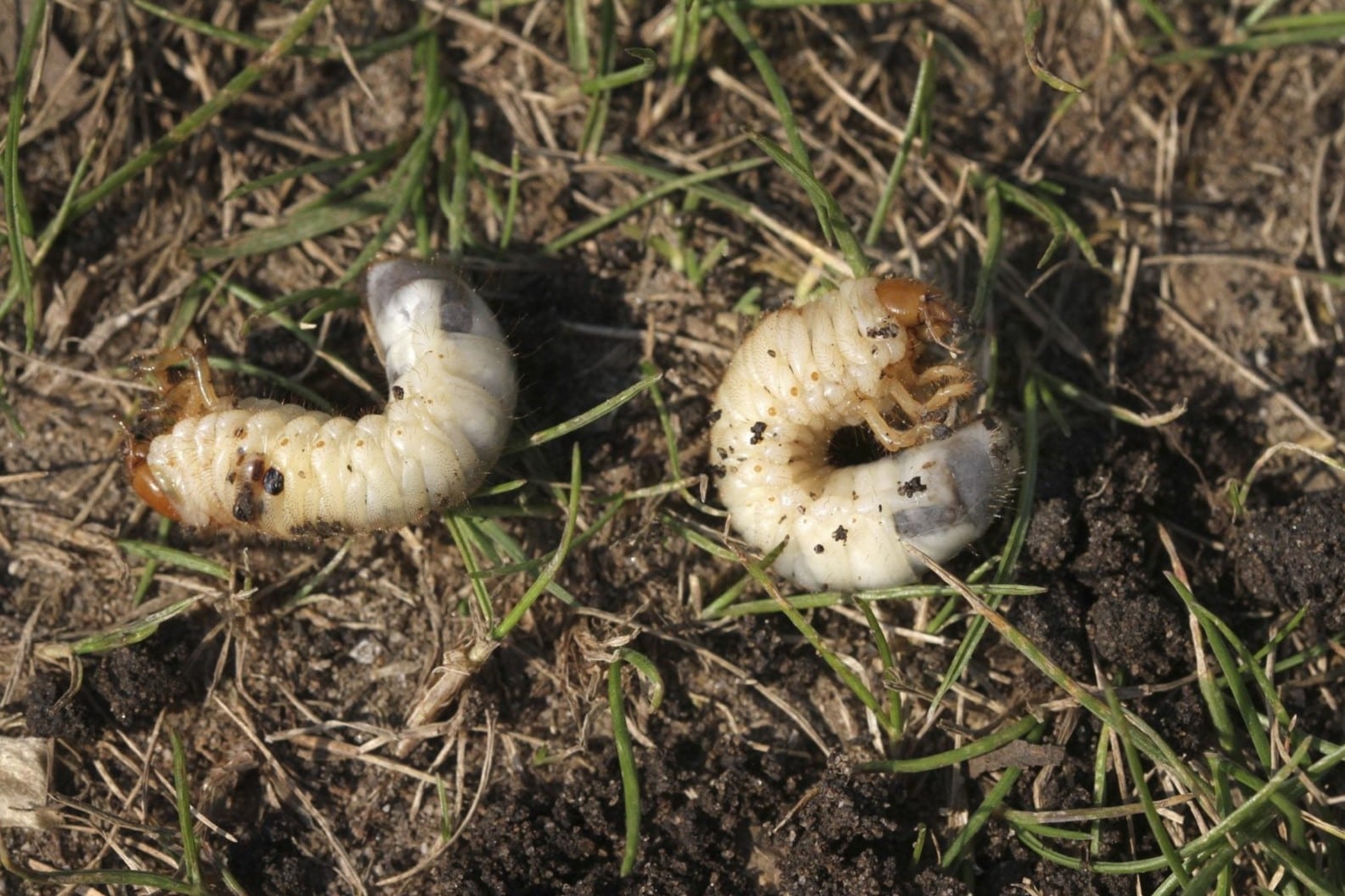
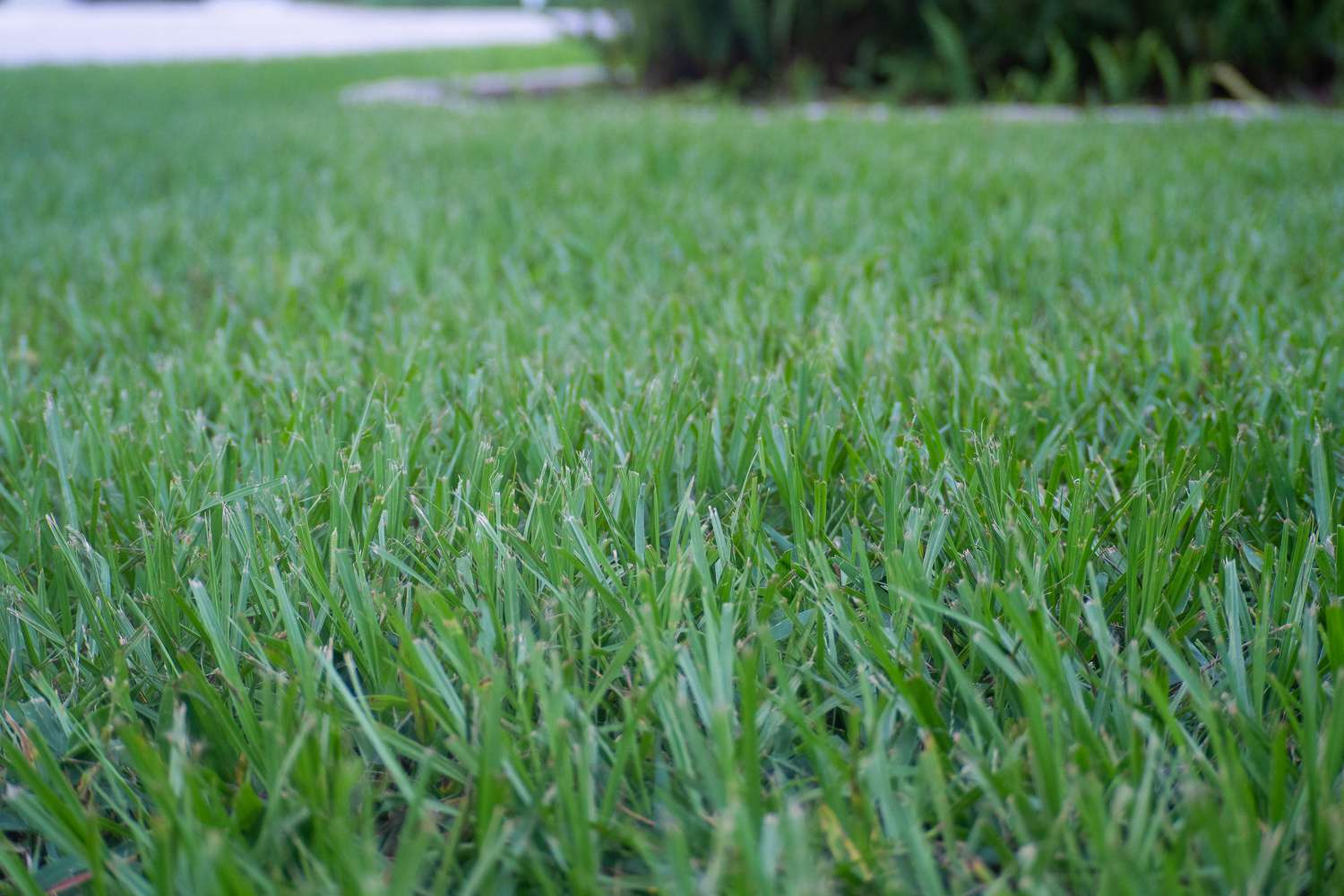
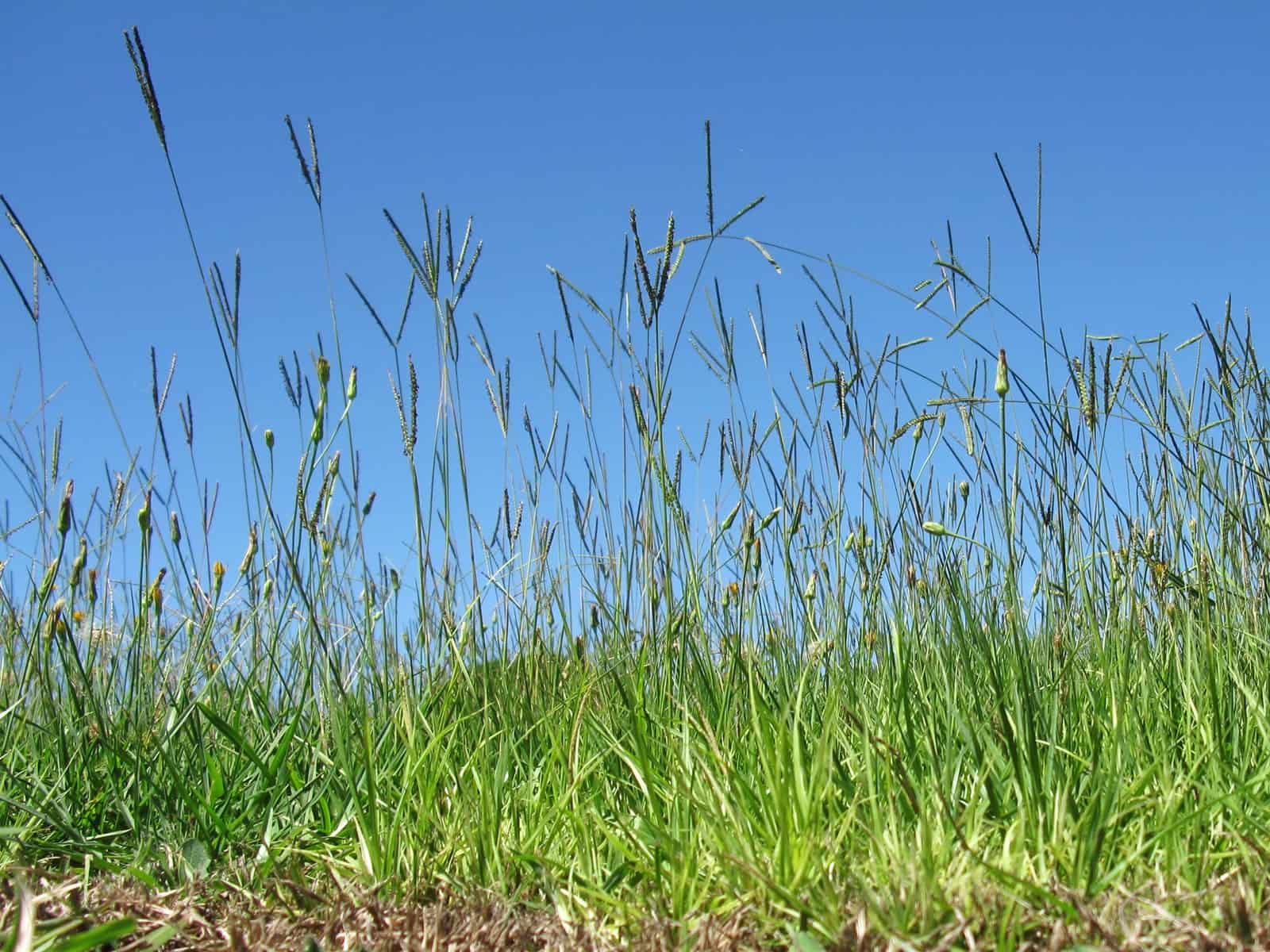
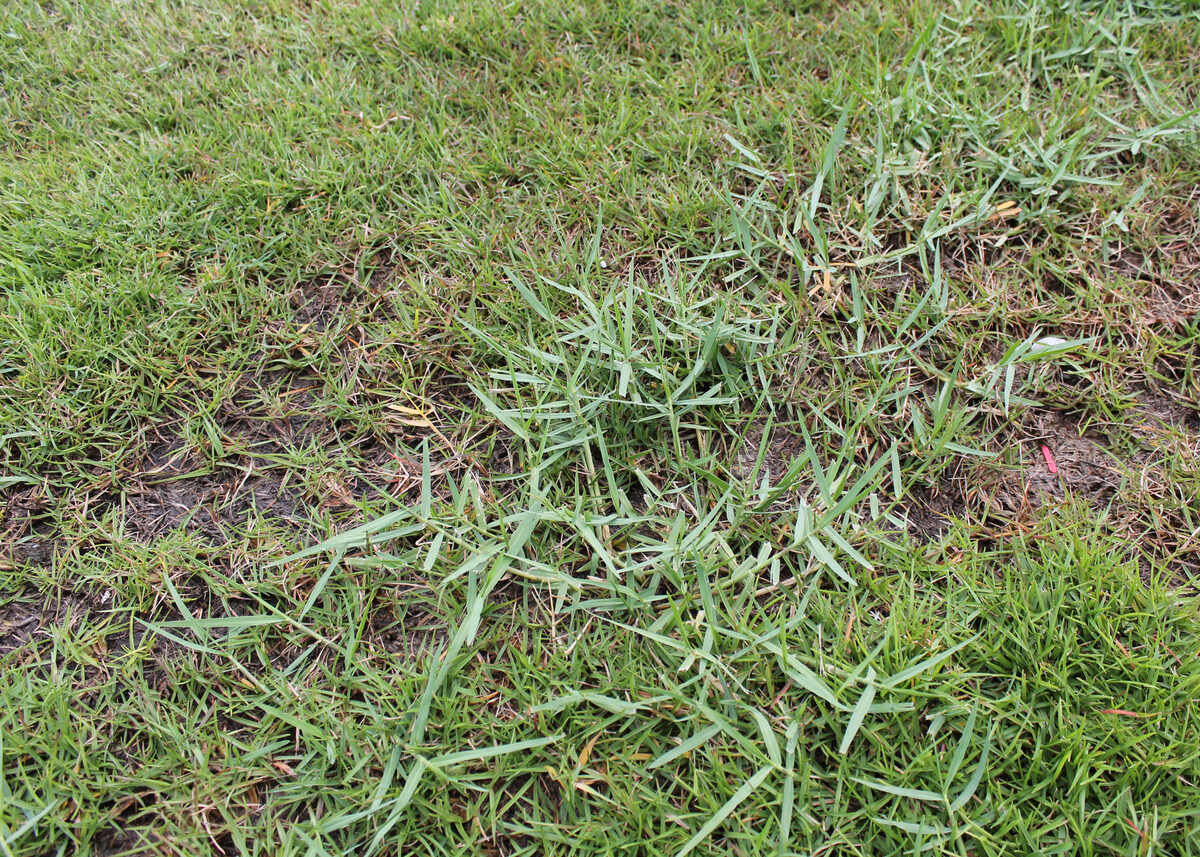
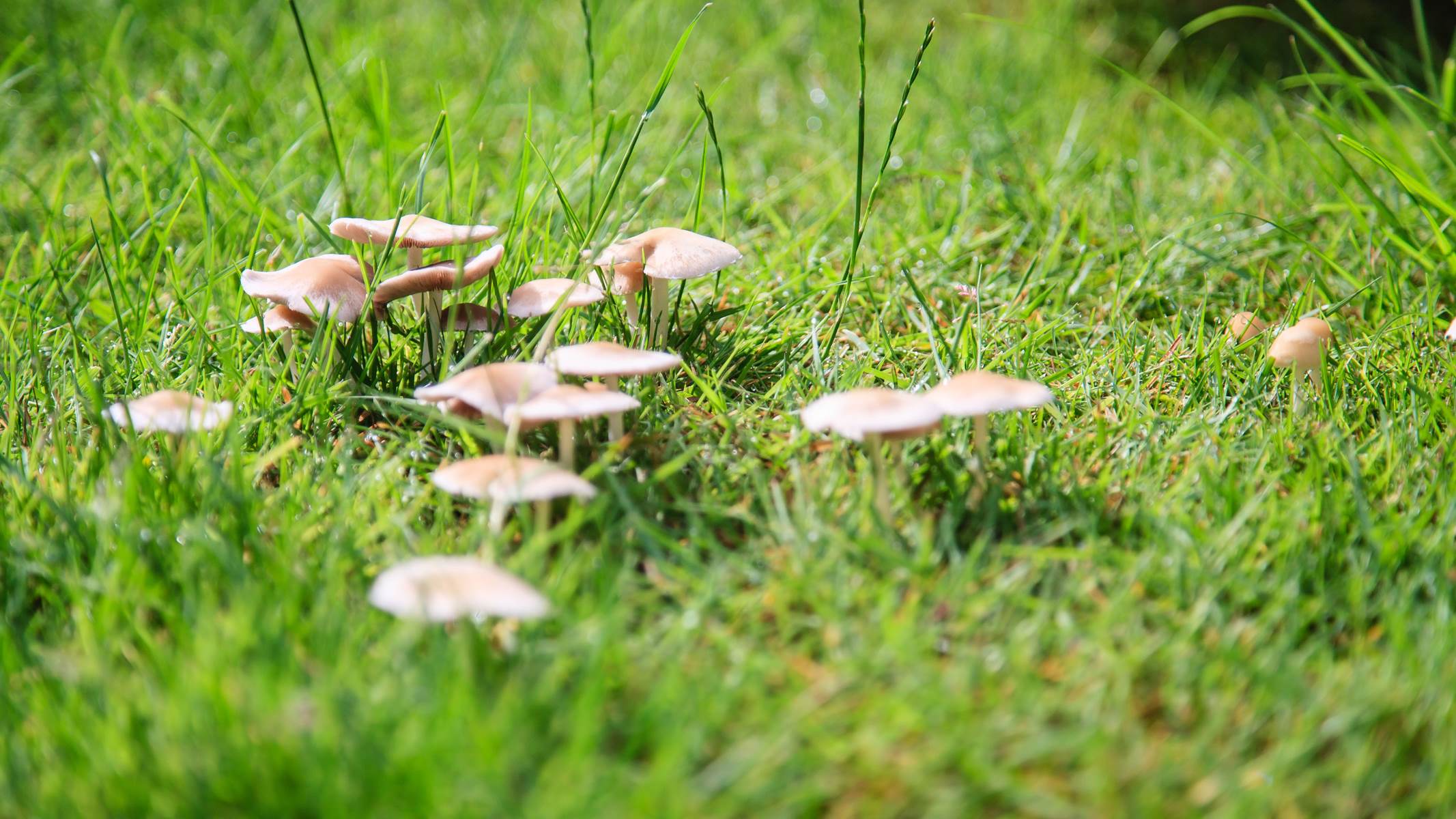
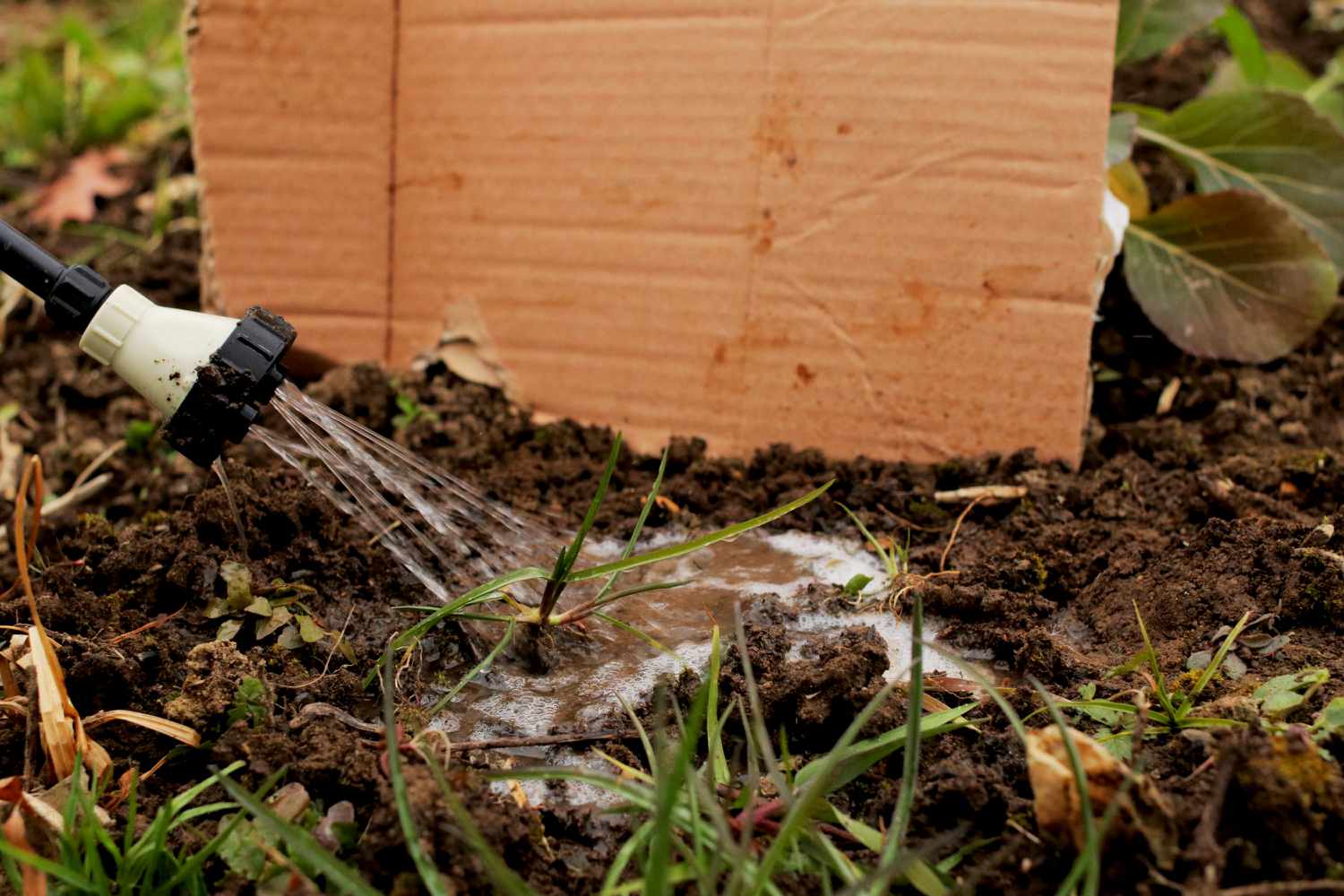
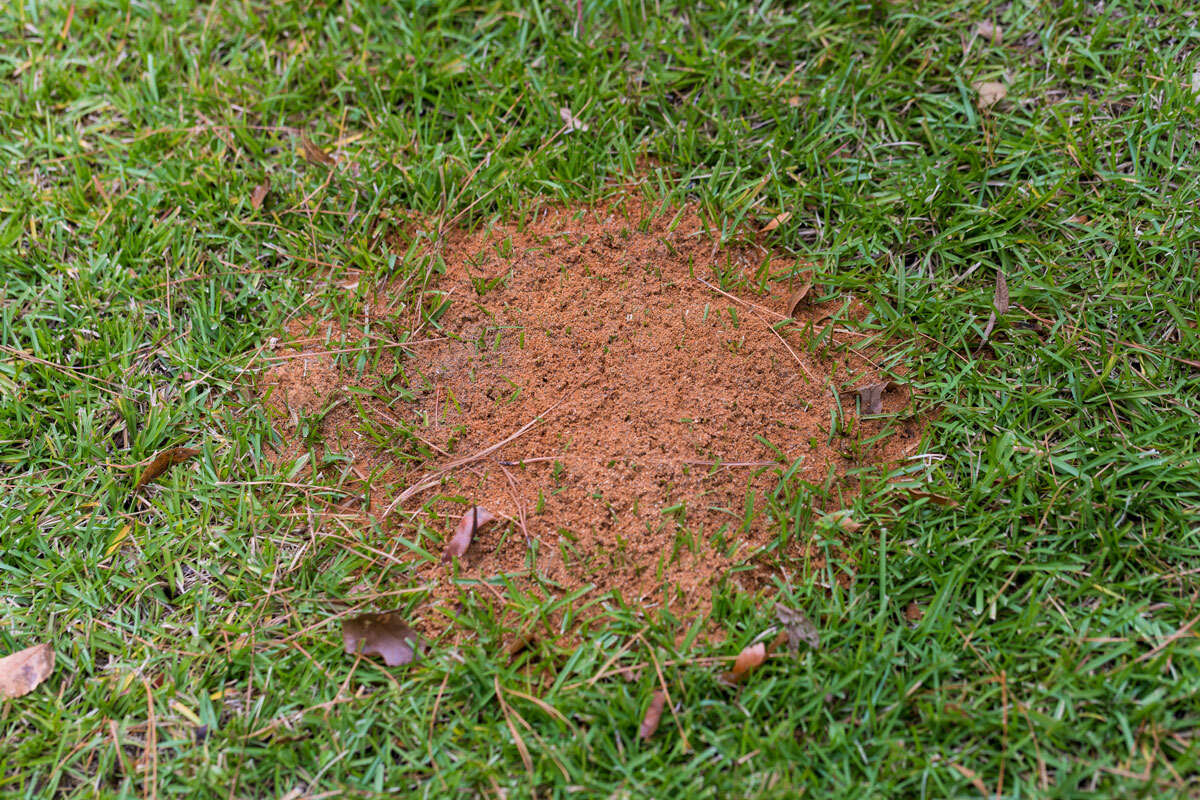
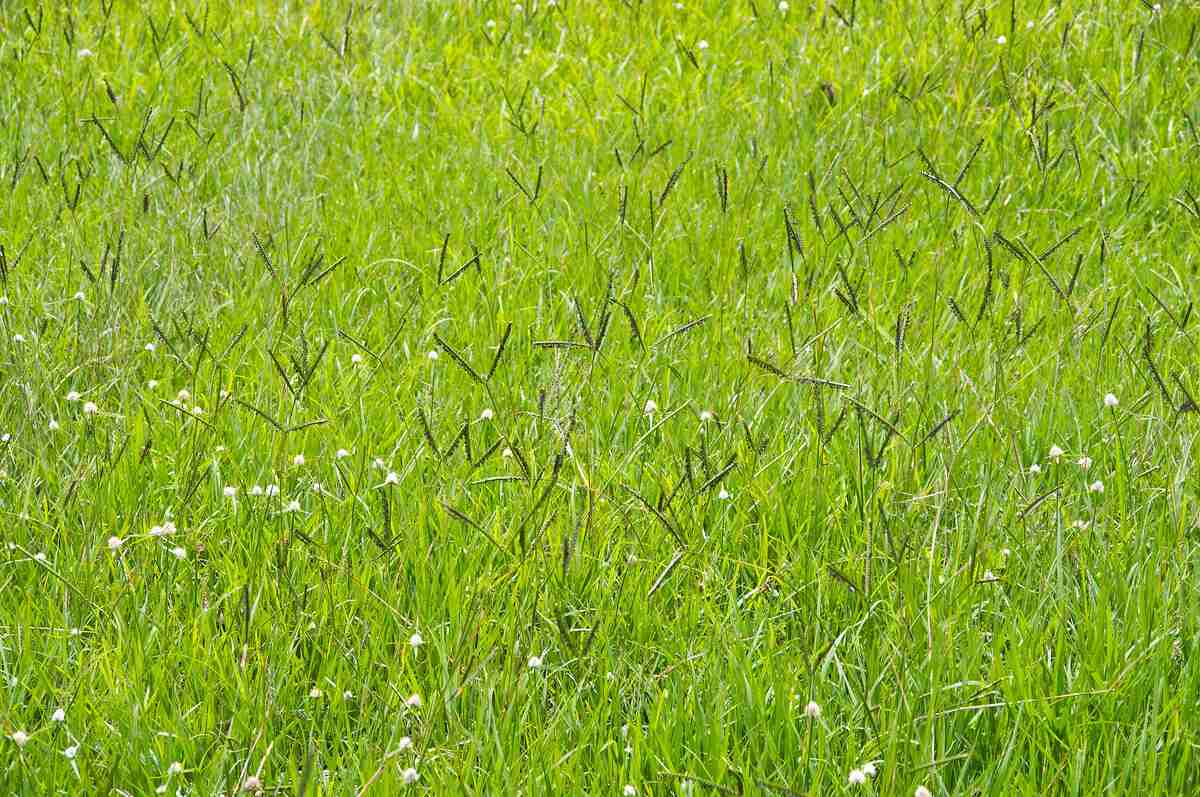
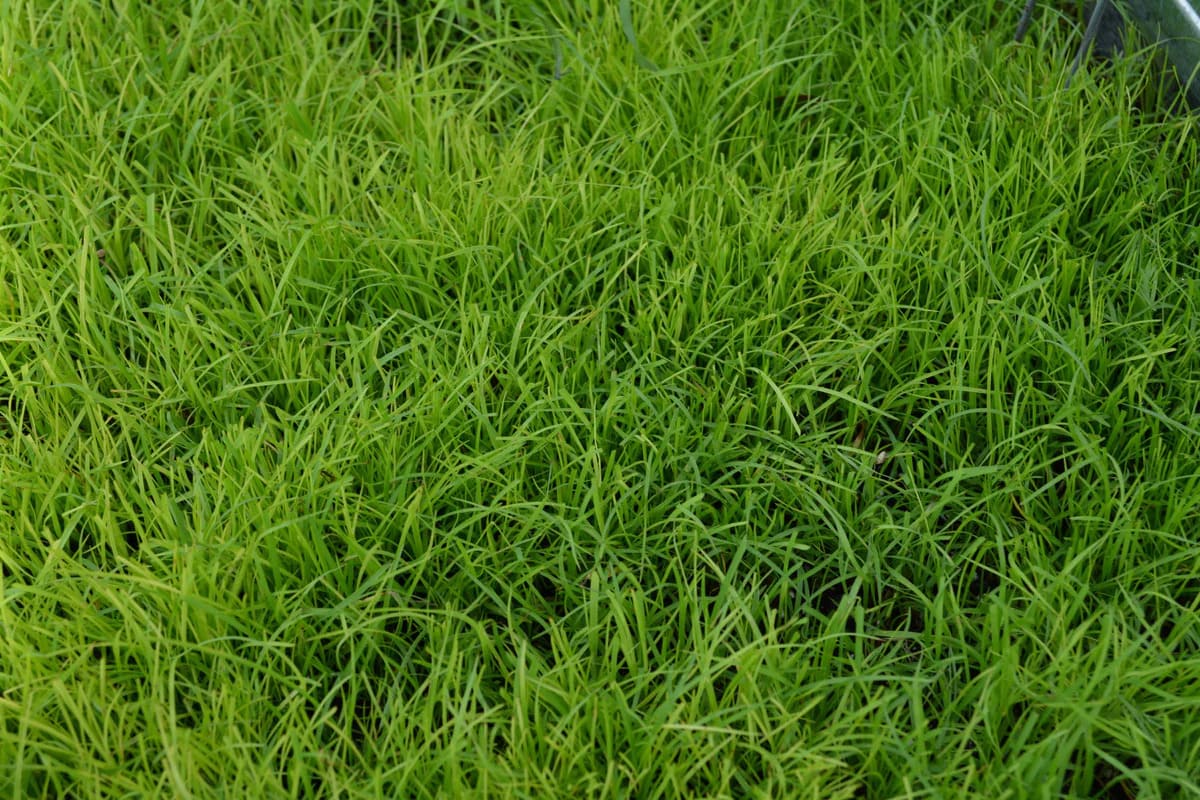
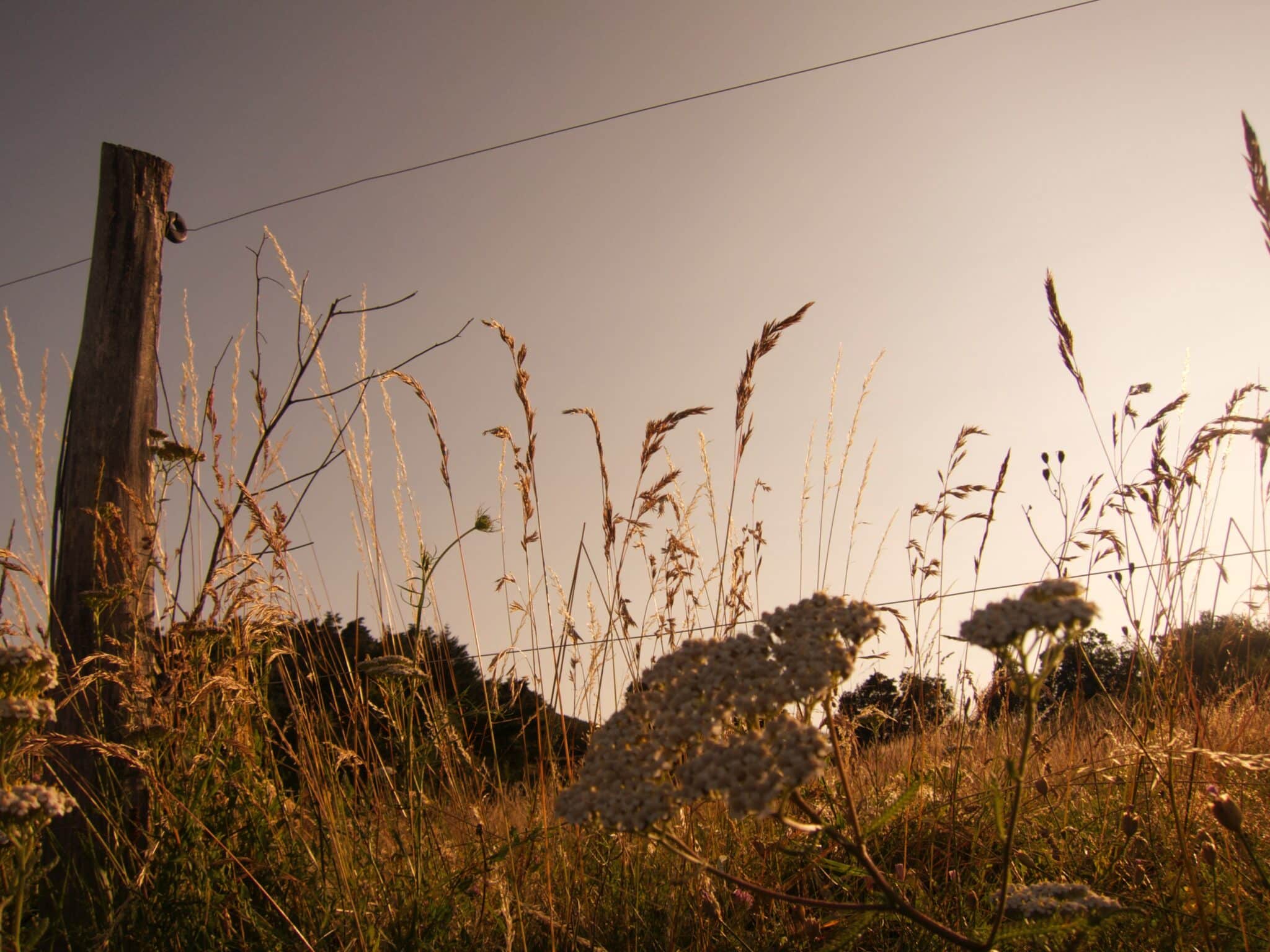

0 thoughts on “What Chemical Will Kill Bahia Grass”